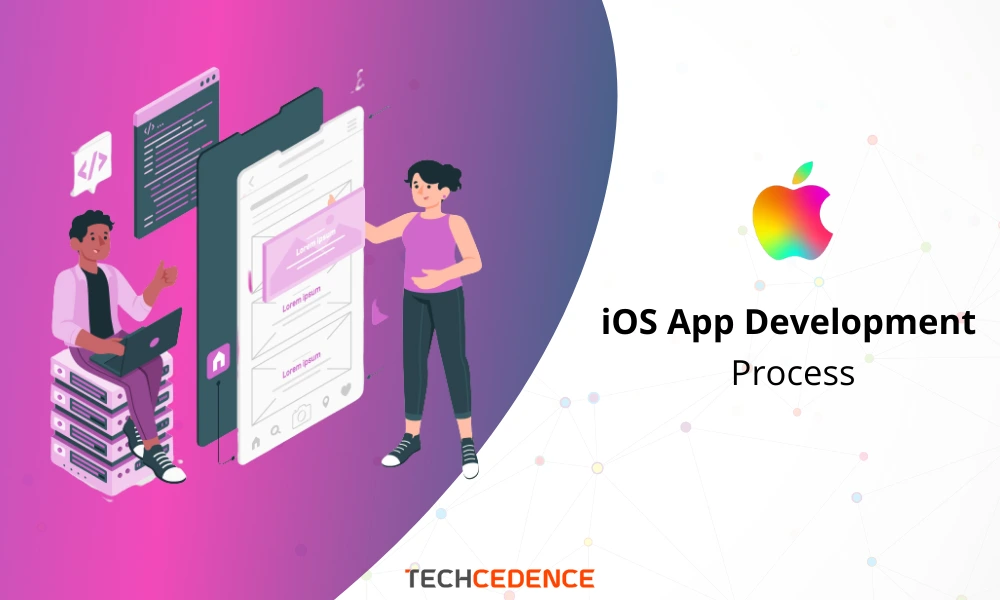
Categories : Mobile App Development
Author : Date : Aug 5, 2021
Mobile applications are transforming the digital world. There is an exponential rise in the number of apps being developed and deployed. Mobile apps are developed primarily for two dominant players – iOS and Android.
iOS is the second most popular mobile operating system. The iOS platform is used across iOS devices such as iPhone and iPad. Developing applications for iOS involves using an iOS SDK and a different set of tools. The apps are uploaded to an apple store for customers to download.
The different phases of Mobile application development include Planning, Design, Development, Testing, and Release.
Planning is an important phase. Before developing the application, it is necessary to ascertain the time required to develop the product. A suitable project development approach has to be selected. Due to frequent changes in the mobile platform, developers prefer agile methodology for mobile app development.
There are millions of Apps available in the market. To make your app unique and downloadable it is necessary to do market research. Identify the purpose of the mobile app and the target audience. Analyzing your competitor app can help figure out what are the features to be added or removed in your application.
Design involves creating a prototype or wireframe which helps to picture the flow of the app and helps to develop the application in a structured manner. The wireframe includes all possible screens and the complete functionality is captured as part of the design. Apple provides a style guide for the UI. Designers can adopt these guidelines to develop great apps that integrate seamlessly with Apple platforms.
The coding phase is the actual mobile application development phase. This phase involves choosing the right technology to build the application. iOS application development tools include:
Other factors to consider while developing the application:
It is crucial to test the application before the launch. Bugs and errors should be fixed prior to the launch of the application. The developers must test the application for performance and security issues. The app should be tested by actual users on different devices (iPhone versions). The more you test your app for bugs and device compatibility the better the chances of app store approval. Beta Testing is also mandatory. TestFlight provides an online testing environment to test your app.
Apple has laid out clear guidelines on their site about creating an app. All iOS app has to meet the requirements for the design, technical, content, security and privacy aspects. Developers should adhere to the guidelines while developing the app. Make sure to review the guidelines before submitting the app for review.
To submit to the app store, register for the Apple developer program account and submit your app version for review. Mostly the app will be reviewed in 1 to 3 days and you will be notified about the status. While submitting the app the following information has to be provided – website URL, privacy policy and company name. Publishing the app in the app store involves annual charges (approx. USD 99)
The App will be reviewed for content, performance, and technical aspects. Apple follows stringent review guidelines. Over 40% of the app is rejected due to common mistakes mentioned below:
After review and approval, the app will be released in the App Store. You can opt for either manual or automatic release. Automatic refers to a phased release where the app is released in phases to a percentage of random users. In a manual release, the app is made available to potential users within a day after releasing the app.
iOS Mobile application development is less complicated provided the development team follows the app store guidelines. iOS mobile apps generate high revenue per user and also the cost of development is less.
Hire an experienced iOS mobile application development company to kick start iOS mobile app development. Contact us to get a free quote.